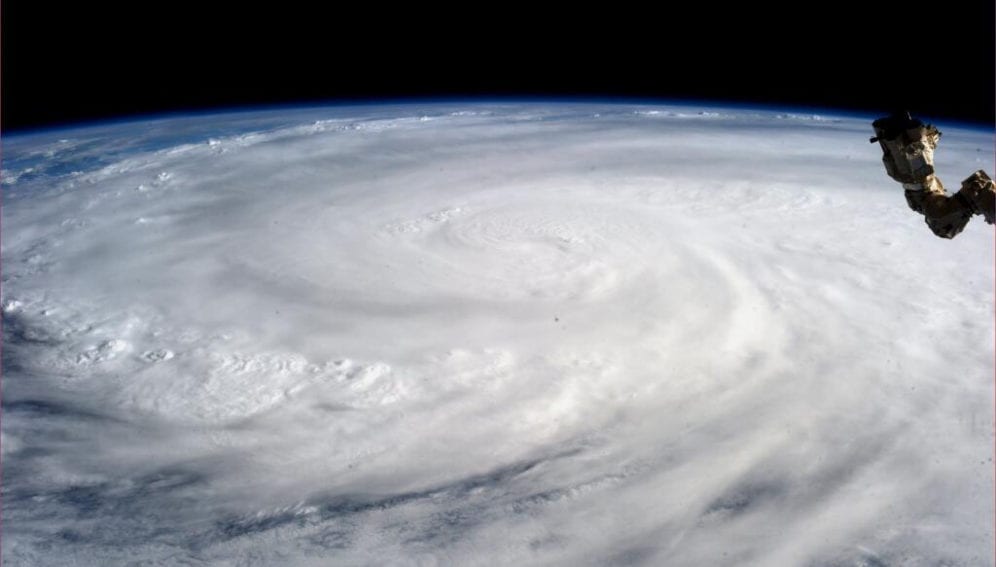Send to a friend
The details you provide on this page will not be used to send unsolicited email, and will not be sold to a 3rd party. See privacy policy.
[MANILA] More powerful storms may strike East Asia in the future resulting from the rising sea temperatures, a study suggests.
Chang-Hoi Ho, a professor at Seoul National University in South Korea and the lead author of the study, says that the intensity and number of tropical cyclones hitting the coastlines of east China, South Korea and Japan increased significantly over the past 30 years. There is also a notable increase in the amount of rainfall, Ho says.
He traces this to large-scale changes in the environment, such as increased sea surface temperatures, changes in regional wind distribution, and a shift in the origin of the storms at sea which gives it more distance to gather more energy before hitting landfall anywhere in East Asia.
At the same time, he notes that because tropical storms now form closer to South-East Asia, they make landfall in shorter periods of time resulting in no notable increase in intensity to countries like Vietnam.
An average of 28 storms form each year in the South China Sea and western North Pacific, with about nine hitting East Asia every typhoon season from June to November.
Ho says that the number of storms hitting East Asia increased by 1.39 each year while storm intensity rose by about three to seven kilometres per hour every ten years.
Hiroyuki Murakami, a postdoctoral fellow at the International Pacific Research Centre, University of Hawaii, says the trend is consistent with some future simulations that predict an increase in the frequency of intense cyclones in East Asian countries.
“We need to take much care the fact that mean intensity of landfall cyclones is getting much more severe in the East Asian countries,” Murakami says.
The researchers stop short of entirely blaming global warming for the more intense cyclones, explaining that more time is needed to see whether it is really the cause or it is just a natural cyclical occurrence.
But whatever the real reason is, Ho says, the study highlights a need for improved damage-prevention planning and forecasting. He notes many countries ignore extreme cases in their disaster prevention plans.
“Many previous studies suggested that a return period of extremely destructive tropical cyclones will be getting shorter,” Ho says. “We think that it is necessary now to exert further efforts on more precise forecast and improved prevention in order to substantially reduce damages from future extreme tropical cyclones.”
Link to full article
This article has been produced by SciDev.Net's South-East Asia & Pacific desk.














